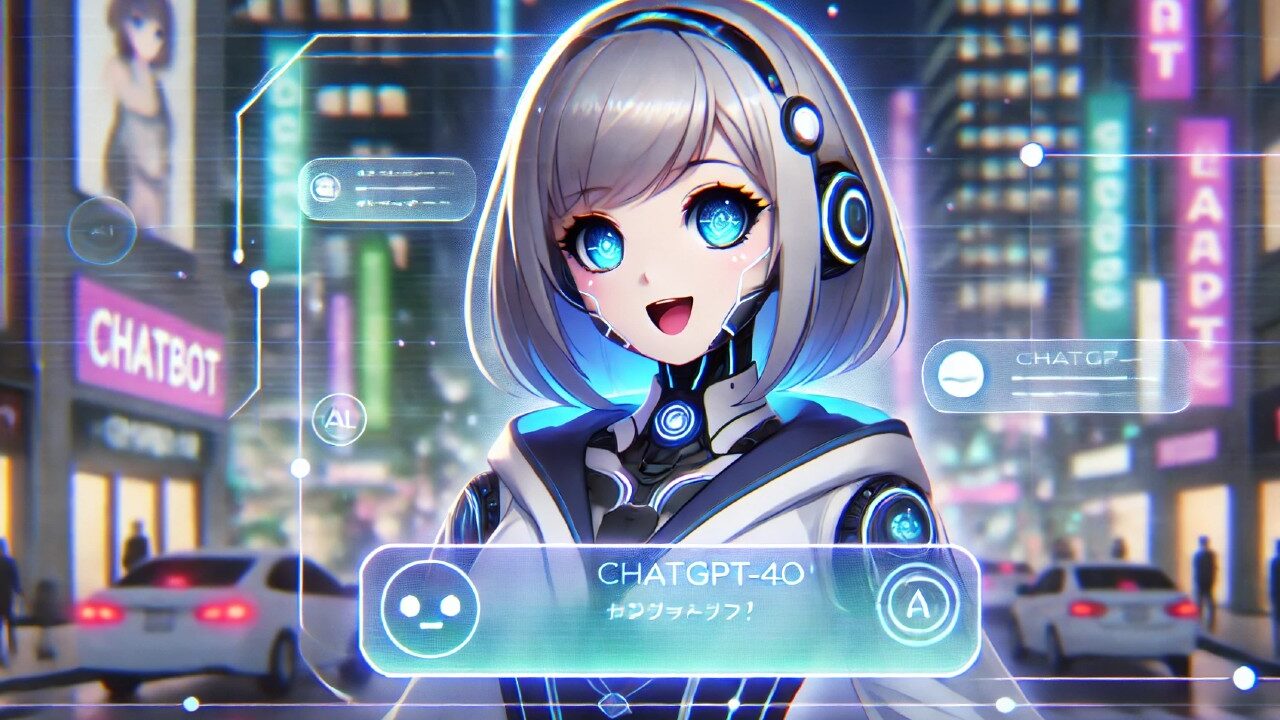
A sudden surge of Ghibli-style AI art has flooded social media following the latest update to OpenAI’s GPT-4o model. From delicate hand-drawn portraits to soft watercolor landscapes, feeds on X, Instagram, and Reddit now resemble scenes straight out of Spirited Away or Howl’s Moving Castle. This unexpected explosion of AI-generated art is reshaping online creativity and sparking discussions about the future of digital aesthetics.
The AI-Powered Ghibli Revolution
How It All Started
The trend took off shortly after OpenAI introduced a new image generation feature within ChatGPT. Designed to create high-quality, stylized visuals, the tool stunned users with its uncanny ability to replicate the signature aesthetic of Japanese animation legend Hayao Miyazaki.
Within hours, people began testing its capabilities, feeding it prompts to mimic Studio Ghibli’s soft, intricate animation style. The AI-generated results—featuring expressive eyes, whimsical backdrops, and anime-style renditions of pets, selfies, and even bicycles—spread rapidly across social media.
The Viral Hashtags and Online Buzz
Social Media Frenzy
As AI-generated Ghibli-style images flooded platforms, hashtags like #GhibliStyle and #AIGhibli quickly began trending. Users shared stunning AI interpretations of celebrities, historical figures, and personal memories, all reimagined within the Ghibli universe.
Even OpenAI CEO Sam Altman joined the fun, joking on X:
“Be me. Grind for a decade trying to help make superintelligence to cure cancer or whatever… Wake up one day to hundreds of messages: ‘look I made you into a twink Ghibli style haha.’”
This moment not only highlighted the whimsical nature of AI art but also underscored the unexpected cultural impact of OpenAI’s latest update.
The Technology Behind Ghibli-Style AI Art
How GPT-4o Creates AI Art
The viral craze revolves around “Images in ChatGPT,” a new GPT-4o feature that allows users to generate visuals directly within a chat. Unlike previous AI models such as DALL·E, which generated images all at once, GPT-4o builds them gradually—piece by piece—creating more refined and detailed outputs.
This method gives AI-generated images a more organic and painterly look, making them strikingly similar to traditional hand-drawn Ghibli-style artwork.
Challenges and Controversies
Limitations and Bugs
Despite the enthusiasm, the rollout hasn’t been without issues. OpenAI had to address a bug that initially generated only “sexy men” but not “sexy women” when prompted. Additionally, the overwhelming demand caused delays for free-tier users, making access to the tool more limited.
The Debate on AI and Originality
The rise of AI-generated Ghibli-style art has also sparked discussions about artistic originality and ethical AI use. While some celebrate it as an exciting creative tool, others question whether AI is appropriating the aesthetic of human artists. As AI tools become more advanced, these conversations will continue shaping the future of digital art.
What’s Next for AI-Generated Art?
The sudden rise of Ghibli-style AI art demonstrates the power of GPT-4o and its ability to influence digital culture. As AI technology advances, we may see even more hyper-realistic, stylistically diverse image-generation tools that push the boundaries of creative expression.
Whether it remains a viral trend or paves the way for a new era of AI-assisted artistry, one thing is clear: Ghibli Dreams: How OpenAI’s GPT-4o is Transforming AI Art on Social Media is more than just a fleeting moment—it’s a glimpse into the future of creativity.
